The word ruins ordinarily conveys a connotation of scarcely delineated brick walls and rubble dating back hundreds if not thousands of years, but the work of German artists Sabine Haubitz and Stefanie Zoche serves as a powerful reminder that unfortunate events, especially economic ones, can easily create ruins of much more recent vintage almost anywhere.Haubitz and Zoche’s 2006 book Sinai Hotels vividly documents hotel projects in the Egyptian desert that were commenced in good faith but then, for reasons unknown, were abandoned. In virtually every case, the failed investment projects resulted in concrete foundations but remarkably little else, stranded in an otherwise vacant landscape of sand.
Caitlin Peterson has written that the buildings in the series
have proven to be the ruins left by misinvestment in state-funded tourism projects. The sculptural shells point to one of the consequences of a tourist industry that encourages uncontrolled urban development of whole landscapes and, against the backdrop of current political developments, amounts to a socio-political fuse. In their promise of holiday idylls, the names of hotel chains, which the artists have adopted for their titles, jar with discrepancy against the abandoned concrete skeletons in the pictures.
As John Coulthart astutely observed, the images have a distinctively Ballardian quality, suggesting a peculiarly modern form of decay.Quite right—the pictures evoke any number of notable Ballard volumes—Concrete Island, Vermilion Sands, High-Rise......
Saturday, March 26, 2016
Abandoned hotels in the Egyptian desert may as well be on another planet [or a James Bond movie set!]
from Dangerous Minds:
Labels:
Architecture,
egypt,
wasteland
Subscribe to:
Post Comments (Atom)
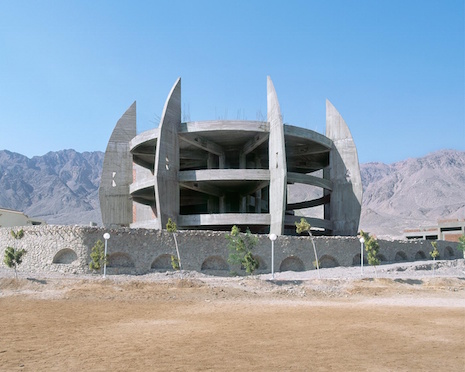
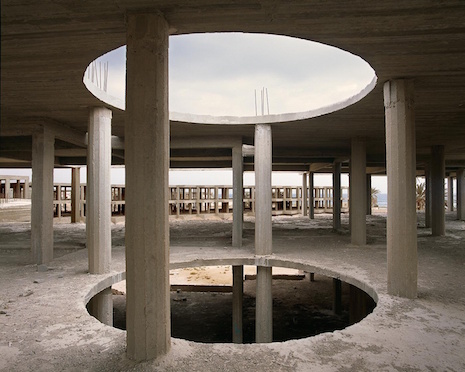

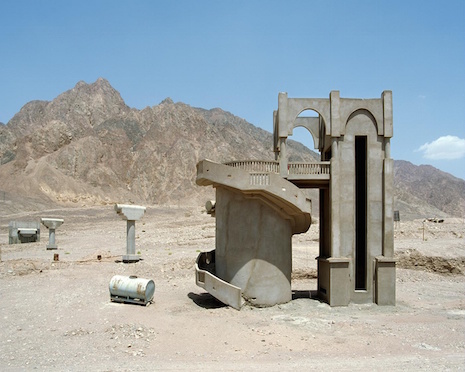
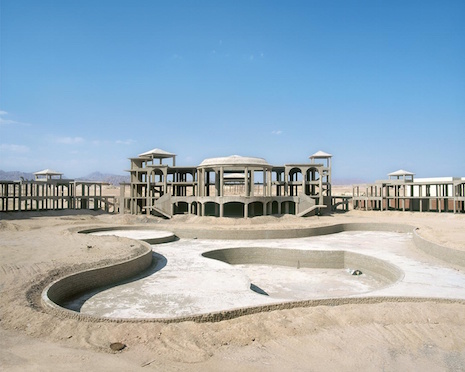
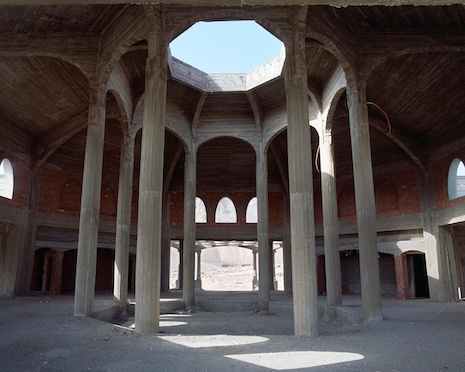
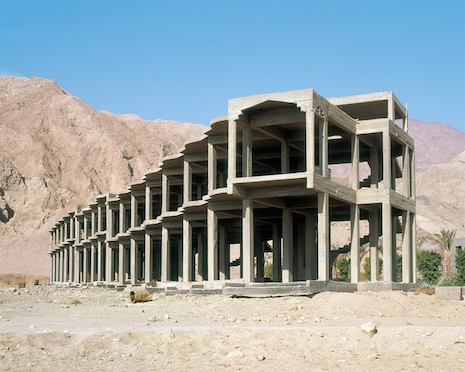
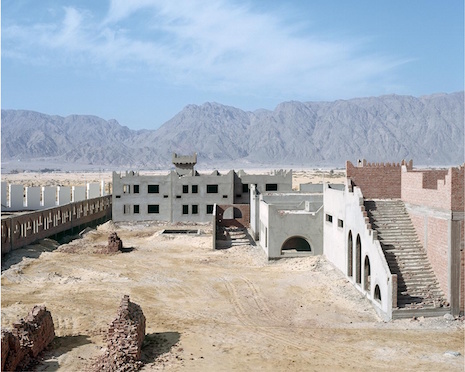
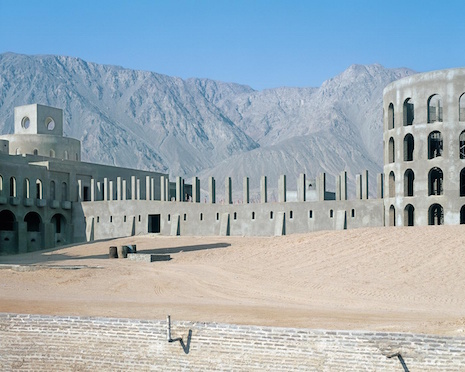

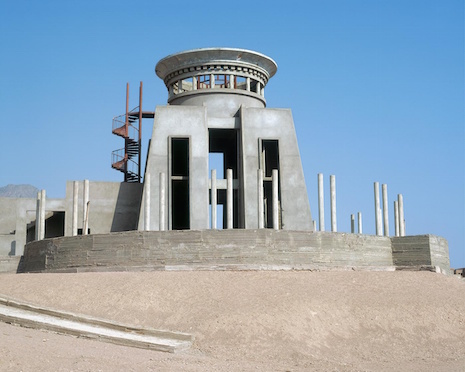
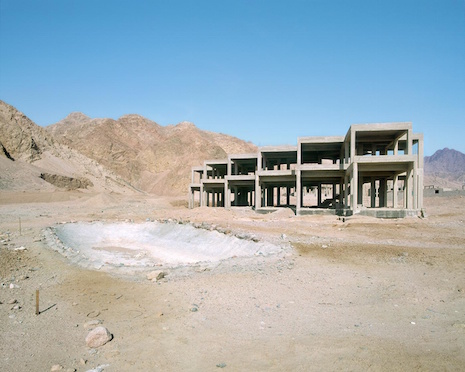


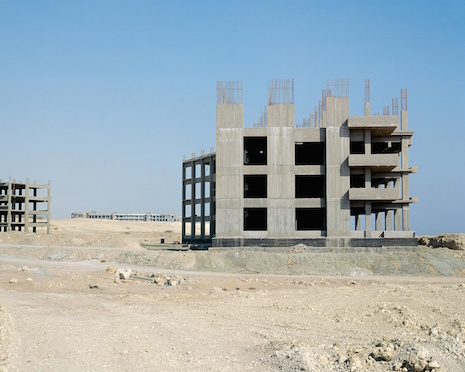


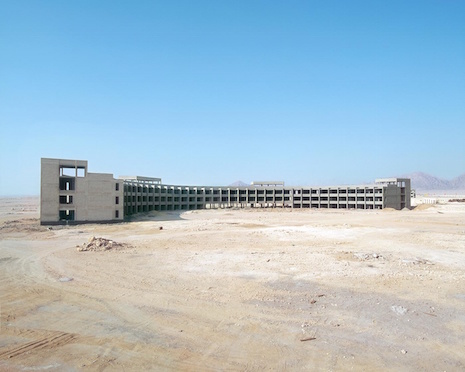

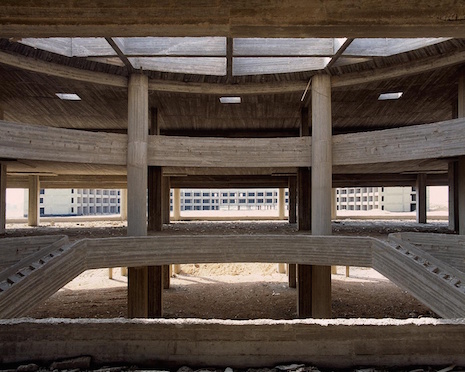























No comments:
Post a Comment